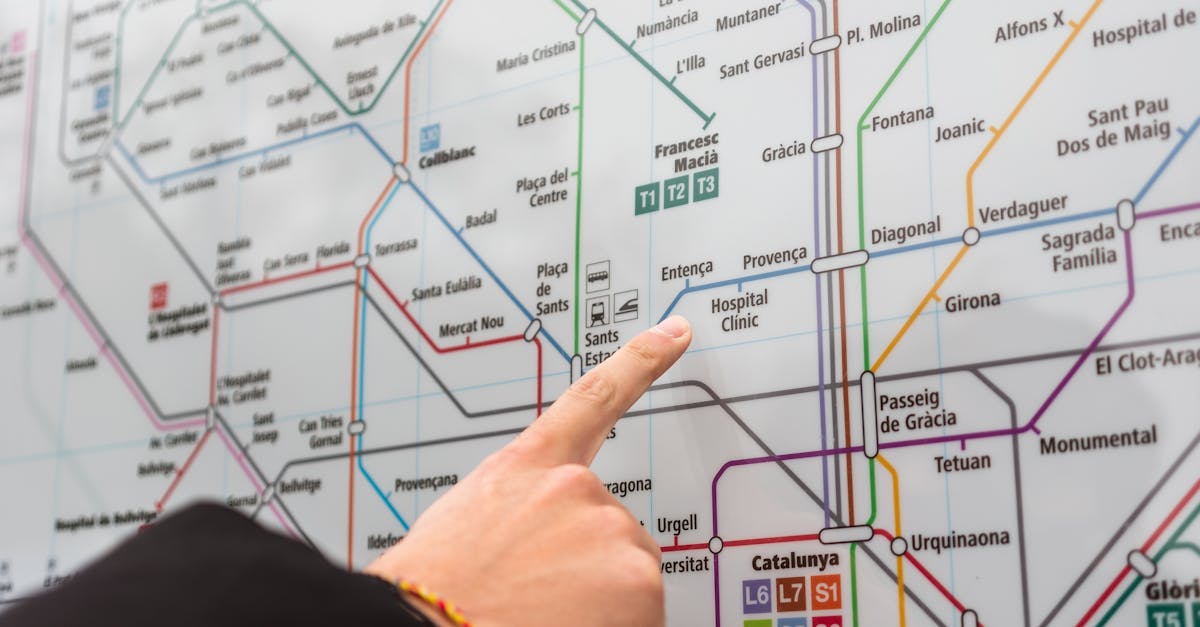
If your small business operates out of multiple locations within a single city, you’re facing one of the most nuanced challenges in local SEO. But the good news? Getting each of those locations to rank in Google Maps and local search isn’t just possible—it’s a major catalyst for increased traffic, calls, and revenue across your entire city footprint. At Rescue My SEO, we’ve spent years building, testing, and refining local SEO strategies for multi-location businesses. Whether you have two stores or a dozen service offices, this guide distills what’s actually working for small businesses in 2025.
Why Local SEO for Multiple Locations Is Different (and More Complex)
Optimizing a single-location business for local SEO is challenging, but with multiple locations in one city, you’re facing:
- Intense local competition for each location (even from your own other sites!)
- Potential issues with duplicate content across location pages
- Confusion for search engines if your NAP (Name, Address, Phone number) is inconsistent
Our experience has shown that to truly win, each location needs its own local authority signals—think tailored pages, individual Google Business Profiles, backlinks, and unique local content.
The Foundation: Unique, Optimized Location Pages
Every business location must have its own landing page, not just a shared directory or a basic listing. Here’s how to build them for city-wide domination:
- Unique Content for Each Location: No copy-paste. Each page gets a description that highlights what’s unique about that spot, its neighborhood, services, or staff.
- Precise NAP Consistency: The address and phone on the page must be exact, matching your Google Business Profile and local directories. Slight differences (“St.” vs. “Street”) can hurt you.
- Google Maps Embed: Show your location on the map for credibility and added local signals.
- Photos Specific to That Site: Team, storefront, or interiors. Not generic stock images.
- Hours and Special Info: If your hours or offerings vary by location, detail them here.
- Location-Specific Reviews or Testimonials: Pull in Google or Yelp reviews for that address—or quote real local customers (with permission).
- Local Schema Markup: Use structured data tailored for each address.
Want to go deeper on this? See our guide on how to build location pages that actually rank.
Google Business Profile: A Profile for Every Address
Each physical location gets its own verified Google Business Profile. Here’s how we handle it for clients:
- Exact Address as Displayed on Site: Must match location page, word for word. Use suite numbers if needed.
- Accurate Categories: Choose the most relevant one for that location. Don’t default everything to your corporate category unless they all fit.
- Photos and Descriptions: Geo-tag images and write a custom description referencing the neighborhood or local landmarks.
- Location-Specific Updates and Posts: Share specials, events, or updates targeted to each site—learn more in our expert post on optimizing GBP posts for local impact.
- Review Management: Request reviews from real customers right after their visit. Respond using their location’s name in your reply for additional relevance.
Consistent, Networked Local Citations (& Avoiding Duplicate NAP Traps)
One of the biggest mistakes we see is inconsistent NAP across different business directories. This confuses search engines and lowers trust for all your locations. To solve this:
- Submit each location separately to primary directories (Yelp, Bing Places, Apple Maps, city business sites).
- Use exact NAP formatting and don’t abbreviate arbitrarily.
- Update old listings when a phone number or address changes. This is ongoing, not one-and-done!
- Consider manual submission and regular audits or, for larger footprints, use a citation management tool—but always double check their output.
For a more hands-on look into running a local SEO audit, don’t miss our deep dive on how to run a local SEO audit—crucial for catching inconsistencies across multiple locations.
Using Hyper-Local Keywords and Content
Every location should target the neighborhood or district it serves—think “best pizza in South Side Pittsburgh” or “plumber in Lincoln Park Chicago.” To maximize this:
- Analyze Local Search Volume: Use keyword tools to identify variations that people in each neighborhood actually use.
- Add Neighborhood-Specific Content: Highlight local events, partner with area organizations, or write blog posts about that particular community.
- Include Directions or Landmarks: Help users (and Google) understand your proximity to key locations—”just off Main across from the Centennial Theatre.”
Keeping content fresh and unique for each area will separate your business from lazy competitors referencing only the city name. For content strategy ideas, see our guide on creating blog posts that actually drive local leads.
Backlinks, Partnerships, and Offline Authority Building
Google values local backlinks and real-world relevance. Here’s what actually works for multi-location setups:
- Local Sponsorships: Support neighborhood events, sports teams, or charities. Request a link back to your specific location page, not the home page.
- Community Involvement: Host area-specific workshops, support school fundraisers, or engage with hyper-local blogs and business alliances.
- Get Local Press: Coordinate grand opening coverage or special news events for each site and ensure the media links directly to the relevant location page.
These hyper-local signals help establish each store or office as its own “main character” in its part of the city, rather than as just another branch of a big business.
Google Business Profile Reviews: Power for Every Address
Don’t let one high-performing location mask poor visibility for the others. We recommend:
- Custom Review Requests: Use location-specific language in follow-up emails or cards—”Thank you for visiting our North End shop!”
- Automate Review Acquisition: Tools can send review requests based on which location the customer visited.
- Respond Promptly, Individually: Personal replies for each site show both Google and future searchers you’re truly local and engaged.
This approach compounds your map pack rankings for every neighborhood.
Advanced Internal Structure: Menus, Cross-Linking, and Analytics
Your website should make it easy for both Google and visitors to find every address. We use these best practices:
- Main Menu Links: Every location should be accessible in a dropdown or direct menu item.
- Cross-Link Location Pages: Reference your other city locations on each page (“Also visit our Hill District clinic”).
- Dedicated Analytics: Set up tracking to monitor each location’s traffic, conversions, calls, and reviews. Google Analytics and Search Console let you break out performance for individual landing pages.
Many small businesses skip this, overlooking data that drives which areas need more marketing or review generation.
Monitoring and Measuring What Matters
To improve, you must measure granularly. Here’s what we track for clients (and recommend every small business do as well):
- Organic traffic to each location page
- Google Business Profile insights—views, clicks, direction requests
- Keyword rankings for neighborhood-level queries
- Individual call tracking numbers (assigned per location)
- Performance trends—watch for dips which may signal duplicate NAP or reputation issues
Learn how to dig into these analytics in our guide: multi-location local marketing analytics: what matters.
Most Common Pitfalls (and How to Avoid Them)
- Duplicate Content Across Locations: Rewrite each page to focus on specific neighborhood features, staff, and services – don’t simply swap out street names.
- NAP Inconsistency: This is the root of multi-location SEO failure. Use a central spreadsheet and regular audits.
- Missing or Weak Location Pages: Google won’t index locations it can’t find unique pages for.
- Ignoring Negative Reviews at One Site: Google weighs reviews for each GBP separately in map rankings—respond and resolve every time.
- Lack of Structured Data: Proper LocalBusiness schema tailored to the address can be a map pack difference maker.
Don’t fall into these traps—review our detailed list of the most common local SEO mistakes and how to fix them.
Final Checklist: Multi-Location Local SEO Essentials for 2025
- Dedicated, unique landing page for every location (and easily found from the main menu)
- Separate, optimized Google Business Profile for each address
- Consistent NAP data on your site, GBP, and all directories
- Neighborhood-targeted titles, meta descriptions, and keywords
- Regular reviews and active management for every GBP
- Measurement of key metrics by location—not just for the entire brand
Level Up Every Location—We’re Here to Help
Tackling multi-location SEO is a major challenge, but the payoff is massive: dominant search visibility, more calls, and a true advantage in every part of your city. If you’re ready to take the next step, our team at Rescue My SEO specializes in affordable, results-driven local SEO for small businesses. Every neighborhood deserves to find you first—let’s make sure they do.



